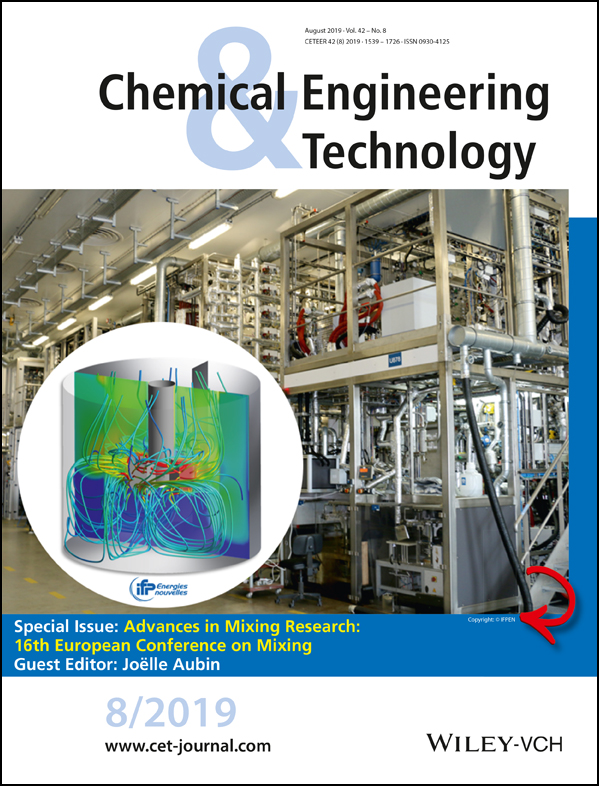Aggregation Efficiency of Amorphous Silica Nanoparticles
Abstract
Despite many attempts to understand the mechanisms of silica aggregation, there still is a gap to fill in the area of mathematical description of the process. Here, the problem of developing aggregation kernels of silica nanoparticles is addressed. A concept of efficiency of silica aggregation is based on the time scale analysis, which includes such phenomena as surface reactions bonding the particles and the particle Brownian and convective motions. This allows explaining the existence of the metastable region for pH values close to the isoelectric point and the fact that silica aggregates usually consist of primary particles very similar in size. It also helps to interpret the gelation process by considering aggregation and chemical bonding of fractal agglomerates.




